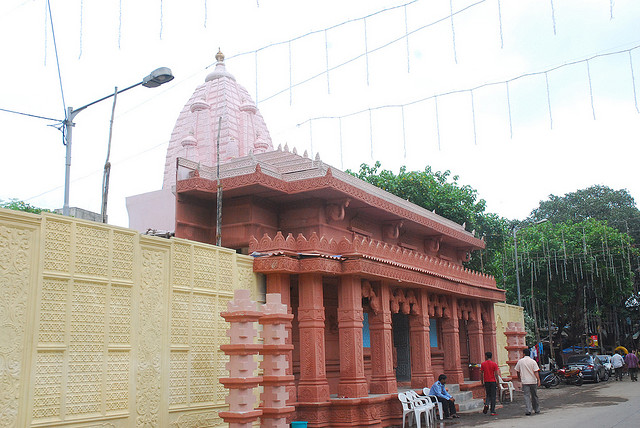Ganesh Gully
Ganesh gully as the name suggest is a culvert which is very narrow of about 3 feet wide in between two hard Rocky Mountains. It is believed that at the end of the culvert, there is a holy niche, a place where Lord Ganesh Idol is placed. The niche is about 30 feet under water and it is assumed that during the tidal periods one can observe the Ganesh idol placed perfectly at the niche.
Many tourists visit this place to have a glimpse of the Ganesh Idol. The place Ganesh gully itself is in the backdrop of natural beauty and calm smoothening winds.


